
Scientific Name: Rasbora trilineatus
Breeding Method: Egg scatterer
Ease of Breeding: Difficult, as is rearing the fry
Introduction: One of the most popular rasboras, this fish gets its common name from its deeply forked tail fins, which open and close in a clipping movement as it swims. Native to Southeast Asia, it is also one of the largÂer rasboras, with mature fish sometimes reaching 6 inches in length.
Sex Differences: Can be difficult to disÂtinguish. Males tend to be smaller and more slender.
Water Conditions: The pH range comÂmonly suggested for breeding scissortail rasboras is between 6.0 and 6.5. But some breeders report that they had to drop the pH much lower, to about 5.0, before their Scissortails would spawn. Hardness should be between 4 and 8 dH, and temperature should be 77° to 82°E with the upper end of that range being preferable. Depth should be about 8 inches.
Equipment: A long, shallow tank such as a 20-gallon long, with several spawning mops placed around the edge and a couple more placed on the bottom of the tank. A spawnÂing grate placed above the substrate is helpful, although not necessary as long as you will be on hand to remove the egg-eating parents after spawning.
Conditioning and Triggers: Condition together on live foods such as brine shrimp. Some breeders say adding black worms to the conditioning regime seems to have encouraged their Scissortails to spawn.
Spawning: Place the conditioned pair in the breeding tank in the evening. Breeding often takes place first thing in the morning. The pair will swim around the tank togethÂer, releasing eggs and sperm in mid-water, often next to a plant or spawning mop. Remove the adults after spawning is completed, to prevent them from eating the eggs.
Brood Size: Up to 1,000, although broods of 150 seem more common.
Fry Care: The eggs will hatch in one to two days. When the fry are free swimming, about three to five days after that, add a mature sponge filter, bubbling gently, and begin feeding baby brine shrimp two or three times a day. (Some breeders recommend against feeding infusoria, because the fry seem unusually sensitive to the microorganÂisms it contains.)
As the fry grow, you can add microworms and vinegar eels to their diet. Wait till they are several weeks old before beginning water changes, and then change only about 10 to 20 percent a week, being careful to match the temperature, pH, and hardness. Because Scissortails produce so many fry, be prepared to split them up into different tanks as they grow.
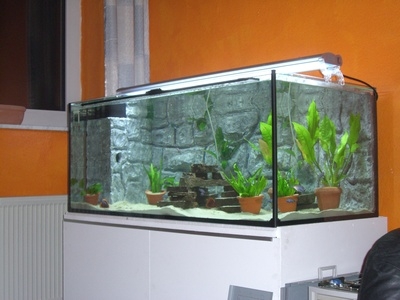 What Fish Can Live in Brackish Water
What Fish Can Live in Brackish Water
W
What Fish Can Live in Brackish Water
What Fish Can Live in Brackish Water
W
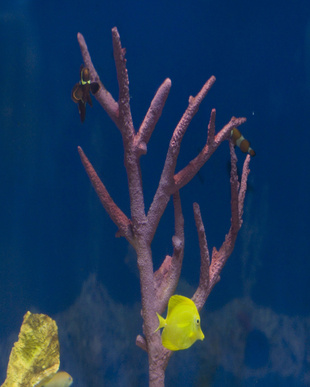 Different Kinds of Fish for Aquariums
Different Kinds of Fish for Aquariums
Different Kinds of Fish for Aquariums
Different Kinds of Fish for Aquariums
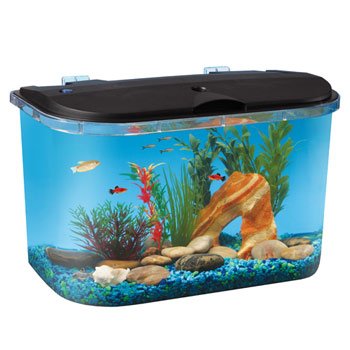 Tips for Maintaining a Freshwater Aquarium
Here are a few tips for main
Tips for Maintaining a Freshwater Aquarium
Here are a few tips for main
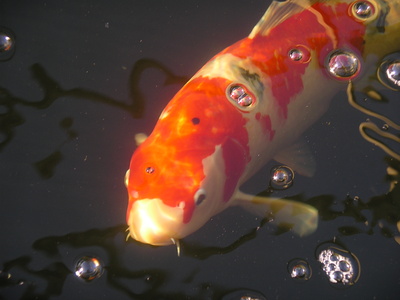 Causes of Pond Fish Sitting on the Bottom of the Pond and Refusing to Eat
Causes of Pond Fish Sitting on the Bottom of t
Causes of Pond Fish Sitting on the Bottom of the Pond and Refusing to Eat
Causes of Pond Fish Sitting on the Bottom of t
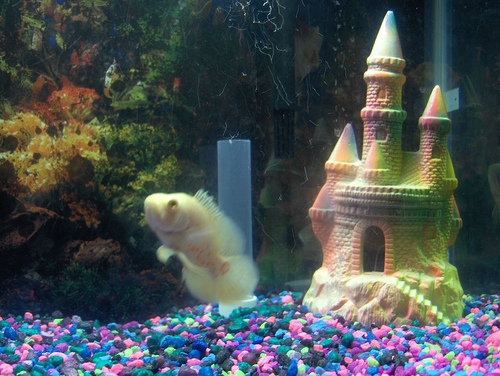 How to Make a Salt Water Fish Tank
How to Make a Salt Water Fish Tank
How
How to Make a Salt Water Fish Tank
How to Make a Salt Water Fish Tank
How
Copyright © 2005-2016 Pet Information All Rights Reserved
Contact us: www162date@outlook.com